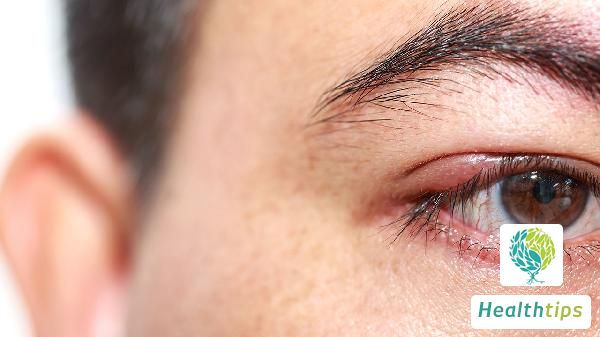What Causes a Tingling Feeling on My Chest?
There are many reasons for numbness in the chest, and the causes can be identified by observing the symptoms of the skin on the chest. If the numbness is caused by skin allergies, the chest may appear red and itchy. Antihistamines can be taken for treatment. If there is no redness on the skin of the chest, it may be caused by neurological dysfunction, and patients often experience symptoms such as chest tightness, shortness of breath, and difficulty breathing.

For symptoms caused by skin allergies, it is recommended to take some antihistamines orally and apply topical corticosteroids locally. Please maintain local cleanliness and hygiene, avoid scratching and squeezing to prevent infection. Consume plenty of fruits and vegetables, and reduce spicy, irritating, and seafood-related foods. Quit smoking and alcohol.
The manifestations of local neuritis are usually not serious. A hot water bottle can be used to warm the affected area to promote blood circulation. If the condition has a long history, it is advisable to consult a neurologist for diagnosis and treatment. This may include oral administration of neurotrophic drugs, combined with acupuncture, massage, and other physical therapy. Regularly perform chest expansion exercises and avoid sitting for extended periods.
Numbness in the chest may be caused by neurofunctional reasons, often accompanied by subjective feelings of chest tightness, shortness of breath, insufficient air, and difficulty breathing. Sometimes, it is also accompanied by symptoms such as palpitations, stabbing pains in the precordial region, fatigue, dizziness, mental confusion, anxiety, excessive sweating, and insomnia.
Certain diseases can also cause such symptoms, including cardiac dysfunction. They can manifest as angina pectoris in coronary heart disease and myocardial ischemia. Additionally, chest numbness can be caused by pulmonary diseases such as bronchial asthma, pleural effusion, spontaneous pneumothorax, and pulmonary fibrosis.



















